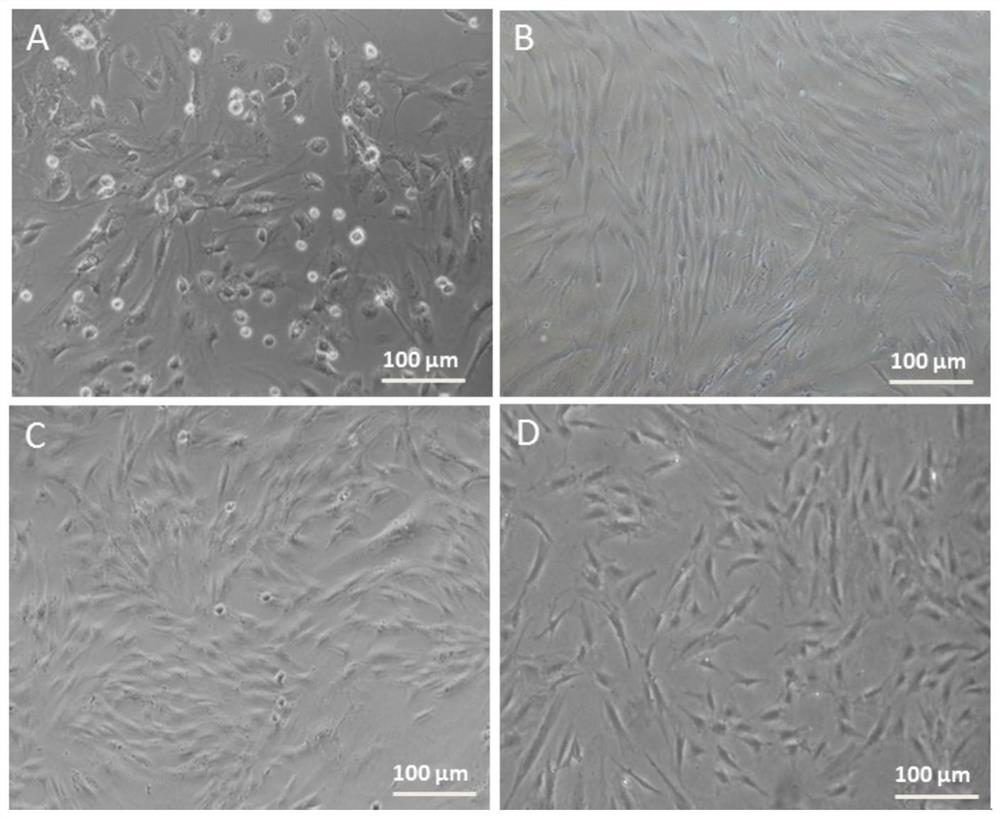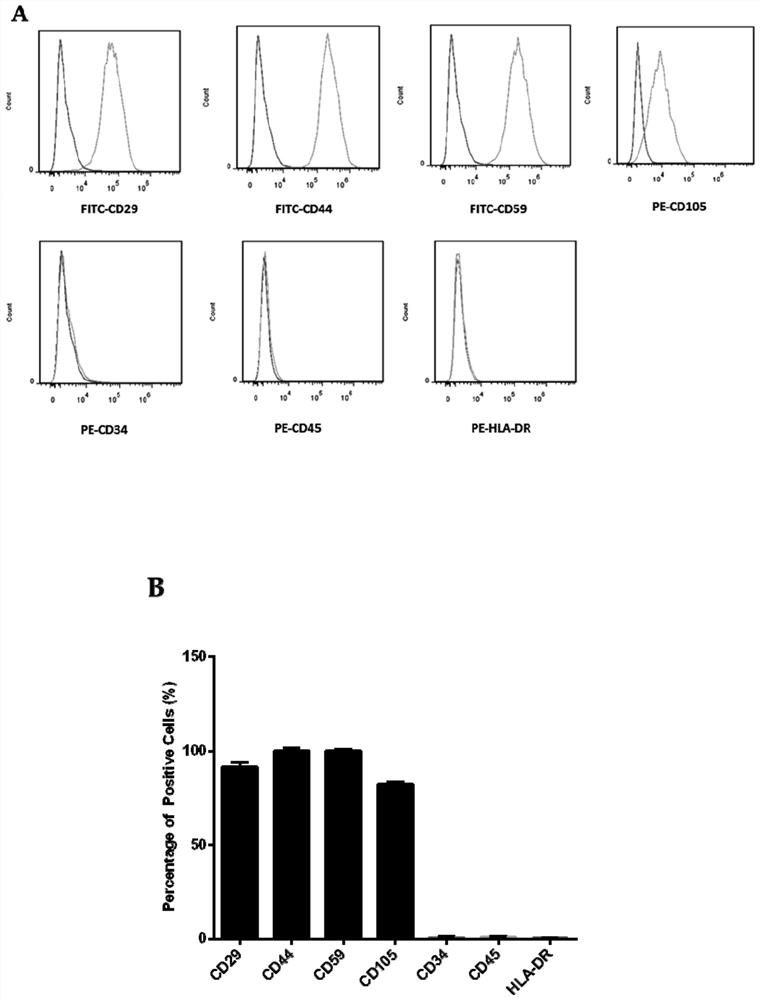A method for inducing human adipose stem cells to differentiate into Leydig cells with small molecules
A technology of Leydig cells and human adipose stem cells, applied in the field of biotechnology, can solve unpublished problems and achieve the effects of improving safety, good repeatability, and avoiding excessive induction
- Summary
- Abstract
- Description
- Claims
- Application Information
AI Technical Summary
Problems solved by technology
Method used
Image
Examples
Embodiment Construction
[0019] The present invention is not limited to the following specific embodiments. Those skilled in the art can implement the present invention in various other specific embodiments according to the disclosed content of the present invention, or make simple changes or All changes fall within the protection scope of the present invention.
[0020] Specific embodiments of the present invention such as Figure 1-4 Shown is the method for small molecule induced fat stem cells to differentiate into Leydig cells, which includes the following steps,
[0021] ① Obtaining human adipose stem cells: In strict accordance with the requirements of aseptic operation, the fat extracted from the abdomen of six women (or extracted from the existing fat bank) was sequentially transferred into 50mL centrifuge tubes in the ultra-clean workbench, and stood still for 10 After the interstitial fluid and fat are separated within 1 minute, use a Pasteur tube to remove the interstitial fluid at the botto...
PUM
 Login to View More
Login to View More Abstract
Description
Claims
Application Information
 Login to View More
Login to View More - R&D
- Intellectual Property
- Life Sciences
- Materials
- Tech Scout
- Unparalleled Data Quality
- Higher Quality Content
- 60% Fewer Hallucinations
Browse by: Latest US Patents, China's latest patents, Technical Efficacy Thesaurus, Application Domain, Technology Topic, Popular Technical Reports.
© 2025 PatSnap. All rights reserved.Legal|Privacy policy|Modern Slavery Act Transparency Statement|Sitemap|About US| Contact US: help@patsnap.com



